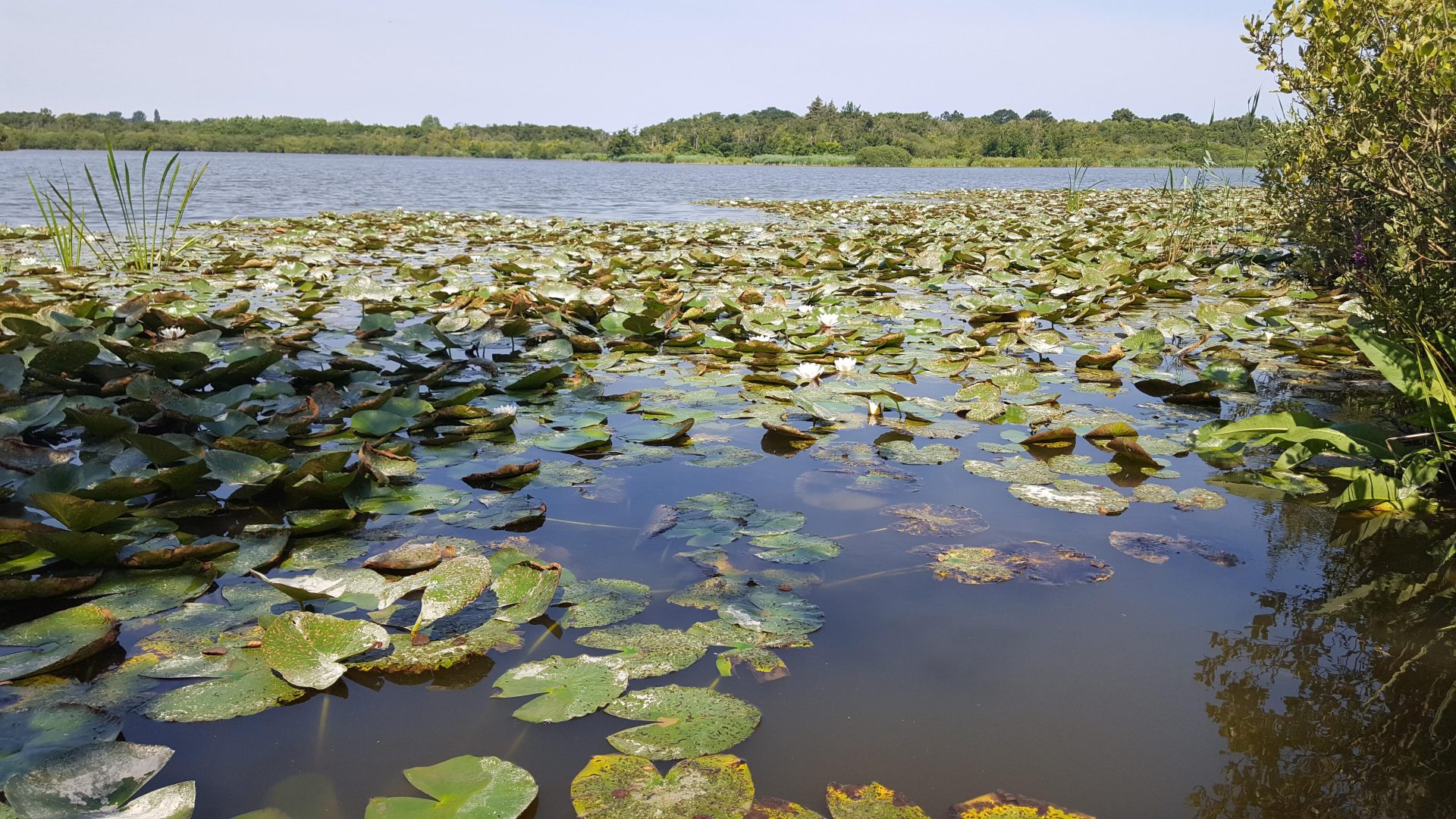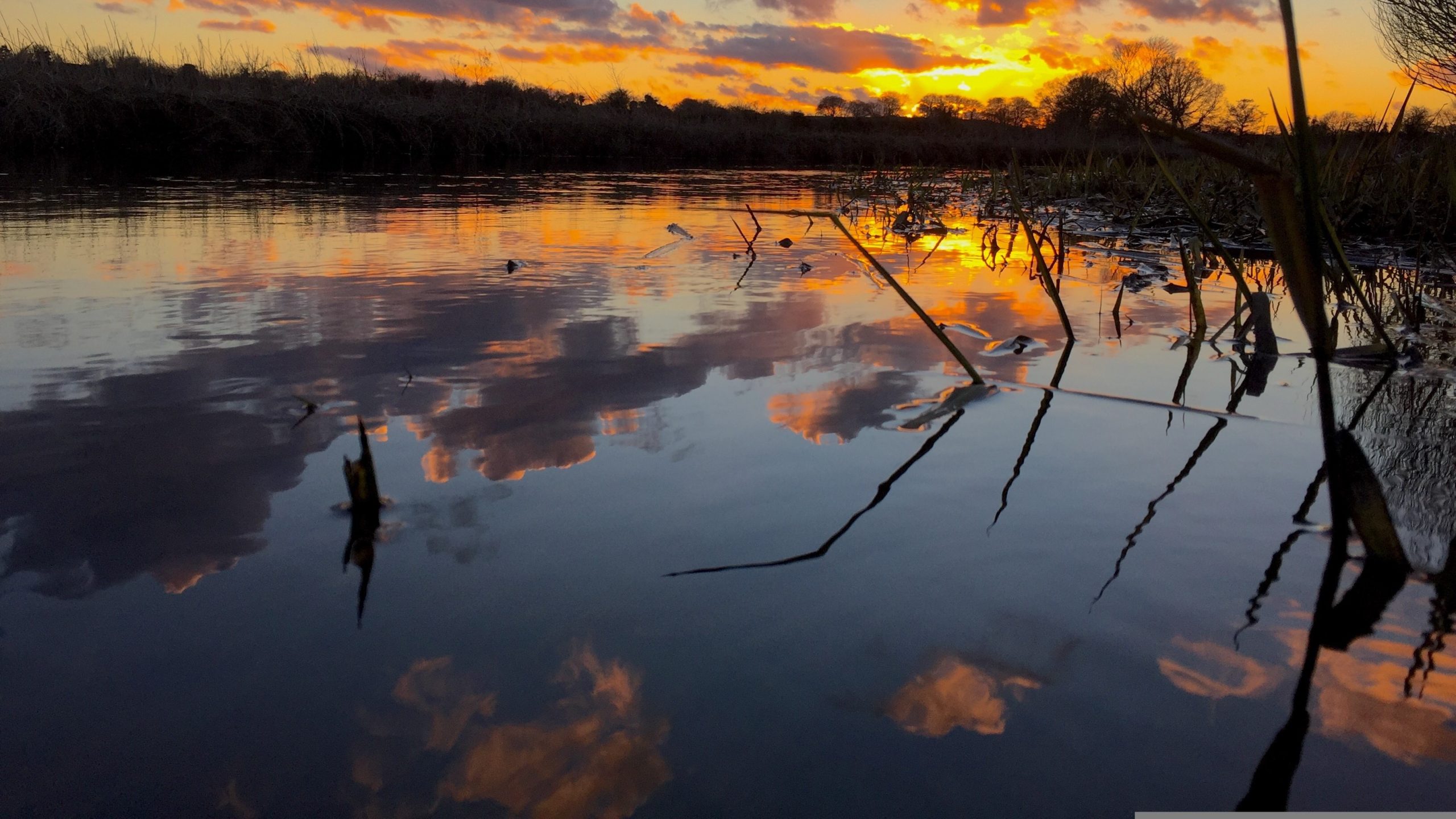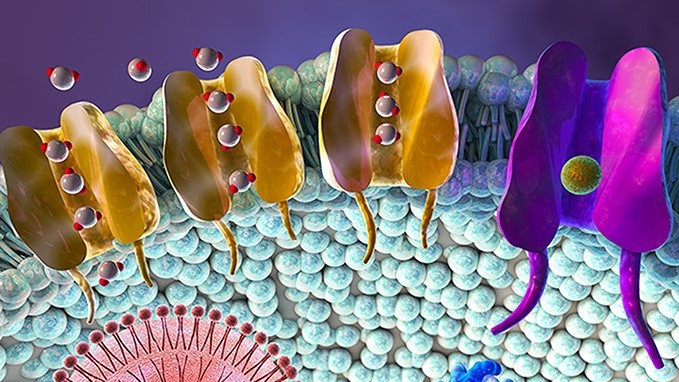
Four years ago, the water industry set itself a tough target to be net zero in operational emissions by 2030. That deadline is looming ever closer, and water companies are committed to achieving this target through a range of measures.
Wastewater processing is a crucial focus which offers room for some real innovation; not only to cut emissions but also to produce a new source of sustainable fuel in green hydrogen without tapping freshwater resources.
The UK water sector is responsible for nearly one-third of the country’s greenhouse gas emissions, primarily generated through its treatment processes. With expanding populations and rapid industrialisation, the need for adequate wastewater treatment systems has become a significant concern for the industry. And while mismanaged wastewater poses serious risks to health and ecosystems, its efficient treatment can turn it into a valuable resource to meet sustainability targets.
This is the goal of a project that Anglian Water is running in partnership with academia, other water companies and businesses operating in the wastewater and energy sectors. The project is called “Triple Carbon Reduction” because of how it aims to simultaneously target the elimination of nitrous oxide emissions, reduce the energy used to process wastewater and generate a sustainable source of fuel from green hydrogen.
At the heart of the project is an electrolyser, which uses renewable energy to split water into hydrogen and oxygen. The oxygen produced will then be channelled into a viable alternative to the traditional wastewater treatment process called “Membrane Aerated Biofilm Reactor” (MABR). Through the use of MABR, a water utility will be able to increase capacity for wastewater treatment and, overall efficiency; unlike conventional treatment, where air is supplied to the biomass within the tanks through air bubbles, MABR does so through a hollow fibre membrane, increasing the process efficiency. One of the innovative aspects of the Triple Carbon Reduction project is to use pure oxygen from electrolysis instead of air, aiming to increase efficiency further and potentially reduce carbon emissions.
When the system is activated, there are three main outputs expected from the project:
- Hydrogen production
This initiative will serve as a fresh and supplementary renewable energy outlet. Depending on the scale of generation, this can then be used in hard-to-decarbonize applications like diesel generators or fleets. Element 2, a company dedicated to constructing the UK’s hydrogen network, will utilise the hydrogen by-product from the project. This resource will play a crucial role in the endeavours of several prominent vehicle manufacturers as they work towards implementing hydrogen-powered road transport.
2. Reduction of nitrous oxide emissions
The project will provide evidence of a feasible alternative approach to wastewater treatment, guaranteeing a significant reduction in its emission impact. The project aims to demonstrate a viable alternative way to treat wastewater that significantly reduces its impact on the environment. This demonstration plant process (MABR) is targeting the elimination of nitrous oxide (N2O), a greenhouse gas that has an impact on the atmosphere 300 times greater than carbon dioxide.
- Huge reduction in energy consumption
This alternative treatment process offered by MABR will achieve an energy consumption reduction of up to 85 percent. compared to conventional treatment processes currently in use. This will contribute to helping to reach the net zero target and create savings that can be passed on to customers.
The project went live in late 2023, with the MABR at the Cambridge Recycling Centre in Milton. This will be coupled up with the electrolyser in late winter/early spring. The site was chosen because there is a source of renewable electricity, generated via combined heat and power (CHP), using biogas from the site’s anaerobic digestion facilities.
As well as how this project should demonstrate a viable way to reduce operational emissions, the other exciting aspect of the project is how it could be a forerunner for how water companies could be a source of green hydrogen.
Widely recognised as one of the best contenders among sustainable energy sources, green hydrogen is pivotal in achieving the UK Government’s Net Zero targets. Derived from diverse domestic resources, hydrogen’s versatility as a source of energy extends across transportation, industry, and power generation, providing a flexible means to cut emissions in various sectors. Crucially, when produced with low-emission methods, hydrogen significantly outperforms traditional fossil fuels in environmental impact, forming the premise behind the triple carbon project.
Nevertheless, there are still some barriers to the realisation of a hydrogen-based economy, which includes the cost of large-scale hydrogen production, infrastructure investments, bulk storage, transport and distribution, matching supply-demand uncertainties, and having the water supply to produce the amount of hydrogen we will need. This final point is critical to ensuring that the overall environmental impact of hydrogen production is as sustainable as possible, with the use of treated wastewater reducing stress on freshwater supplies and the ecosystems and people that rely on it.
Demonstrating how green hydrogen production can be distributed around the country from water treatment sites, that are closer to major urban centres, is important. This is why Element 2, which is building a refuelling network for heavy vehicle fleets, is involved. The initial market for launching this initiative will likely include buses and hydrogen demonstration vehicles (e.g., trucks, refuse collection vehicles and vans); additionally, the hydrogen produced will also assist vehicle manufacturers in developing hydrogen engines. Even though the test rig is small and a pilot, Anglian Water expects it to achieve a production rate of 90 kilograms of hydrogen every 24 hours, which would be enough to fuel thirty cars or six buses.
If the trial proves successful, the Triple Carbon Reduction system is designed to be scaled up to treat more wastewater and produce more green hydrogen. As the project is being done in partnership with other water companies, the success of the project could lead to more wastewater treatment plants adopting this kind of technology. Being able to meet our Net Zero targets is a major challenge that requires a collective effort from utilities, infrastructure providers and energy companies. The Triple Carbon Reduction project offers a glimpse into the kind of collaboration that could help secure a more sustainable future.




